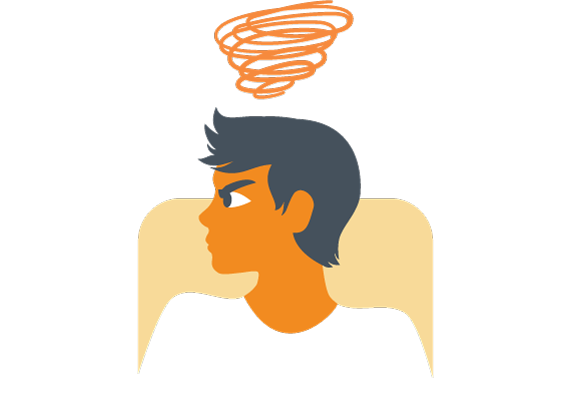The facts

Among 12- to 17-year-olds who were current drinkers, 31 percent exhibited extreme levels of psychological distress, and 39% exhibited serious behavioral problems.3

Among eighth-grade girls who drank heavily, 37 percent reported attempting suicide, whereas 11 percent of girls who do not drink reported attempting suicide.4

12- to 16-year-old girls who were current drinkers were four times more likely than their nondrinking peers to suffer depression.5

Suicide attempts among heavy-drinking adolescents were three to four times greater than among nondrinkers.5

Other risks increase.
Underage drinking isn’t harmless. Alcohol use among children and teens is strongly linked with violence, poor academic performance, promiscuity, arrest and many other dangers. In fact, alcohol use by teens is one of the strongest predictors of teen injury, fighting, academic problems, truancy, unprotected sexual activity, unwanted sexual advances, illegal activity and other illicit drug use. 6, 7, 8
According to the US Public Health Service, “Health-risk behaviors (including alcohol consumption) that contribute to the leading causes of illness, death and social problems among youth and adults often are established during youth, extend into adulthood, and are interrelated.”9
Watch: Where do underage drinkers end up?The danger
is real.
Underage drinking can kill.
Alcohol poisoning is a serious risk with underage drinking. Unlike adults, most kids’ brains haven’t yet developed the internal cutoff switch that makes them go to sleep or pass out from drinking too much. They can easily consume dangerous amounts of alcohol before their bodies realize it. The resulting alcohol poisoning can cause difficulty breathing, unconsciousness and death. It’s important to note that the lethal dose of alcohol is just a tiny bit more than the passing-out dose. If a young person ever passes out from too much drinking, 911 should be called for immediate medical attention.

No. 1 killer
In addition to alcohol poisoning, car accidents are the number one killer of teens; and more than one-third of teen traffic deaths are alcohol related. Even nondrinking teens are at risk if they get into a car with an alcohol-impaired driver.
Still learning self-control
The brain areas that encourage impulsivity and risk-taking develop early in a teen. But areas that improve self-control and help to stop impulsive behavior don’t develop until the very late teens or early 20s. Teenagers need parental help to stay alcohol-free.


Age 21 is the key.
Addiction begins (and can be prevented) in adolescence:
“A child who gets through age 21 without smoking, abusing alcohol or using illegal drugs is virtually certain never to do so.”
—Joseph Califano, National Center on Addiction and Substance Abuse at Columbia University, 2006
Times have changed.
Some parents may question setting a no-alcohol rule because they drank as a teen and feel they “turned out fine.” However, research shows that teens today begin drinking at earlier ages and drink more at a sitting, putting them at far greater risk for addiction and brain damage. All parents need to set firm no-alcohol boundaries.
Set Rules Brain Damage
Brain Damage
 Addiction
Addiction
 Behavior
Behavior
 The Law
The Law

